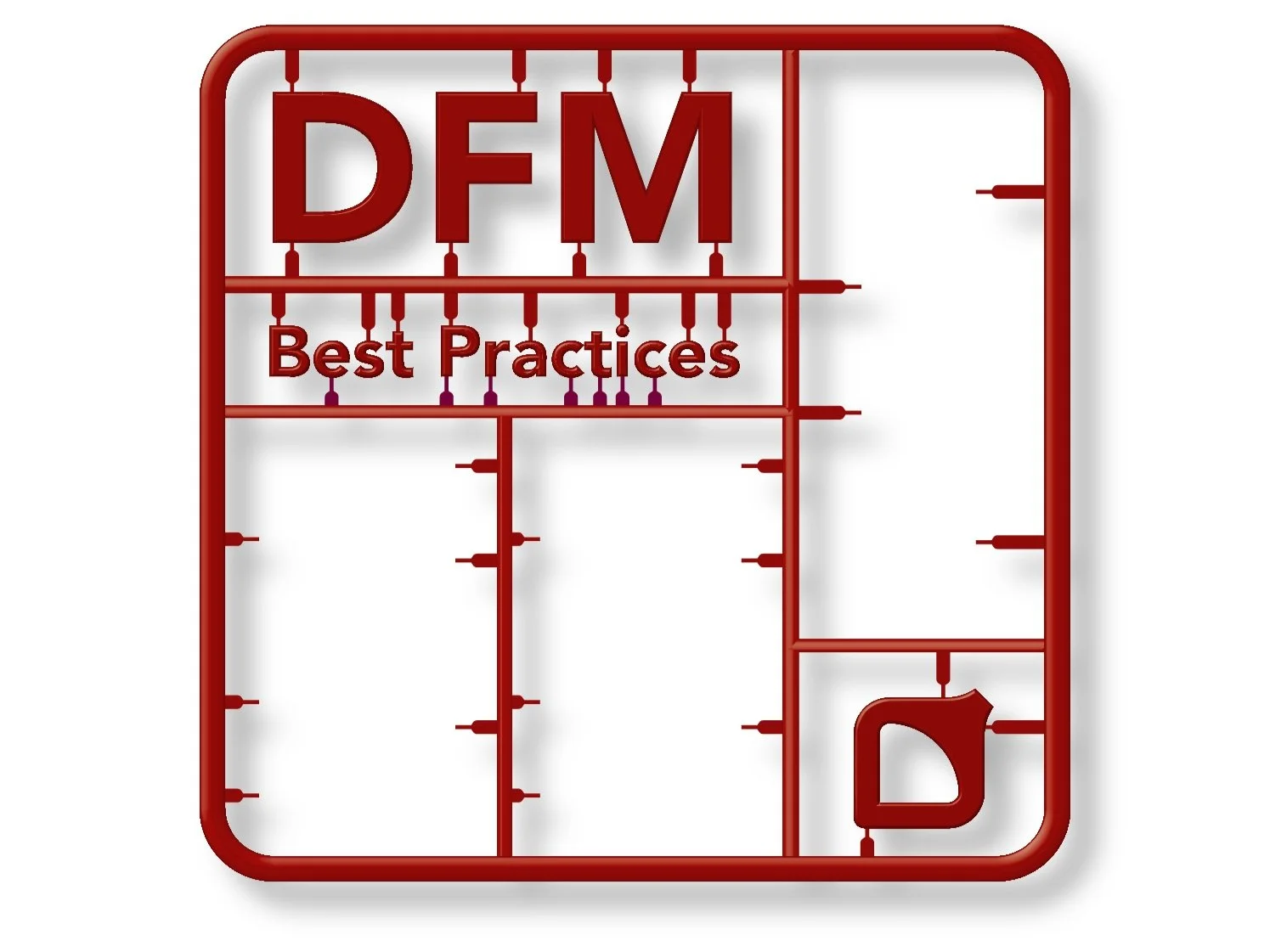Designing Products for Commercialization with Outside Product Development Firms
In our last blog we discussed an overview of how to design a product for commercialization. In this and subsequent blogs, we’ll dive more into the details of those key processes and best practices for clients (i.e., you) to work with their product development (PD) firm to achieve product commercialization.
Requirements and specifications review – understanding what is really required vs. nice to have
Clients should generate a Marketing Requirements Document (MRD) or a Product Requirements Document (PRD), which is a great start to defining the product (we’ve discussed key elements of a good requirements document in previous blogs). Once developed they’ll want to review the requirements with the product development team, identifying initial potential risk areas and beginning discussions around trade-offs, as well as to define/refine areas that may not have been specified clearly enough to proceed with a design. The PD firm should identify requirements areas that could prove costly and/or problematic for things such as manufacturability, cost, performance, reliability, serviceability, etc., as early as possible in the design cycle so as to minimize costly redesign cycles further down the road. The PD firm should also work with the client to determine the relative importance of specific requirements that could increase risk. Risk can take many forms: risk that the product performance may not meet requirements, risk that the cost of goods sold (COGS) may not meet requirements. It’s important that clients understand enough about their potential customers and the market in order to make informed decisions during this phase as those decisions can have significant ramifications in production. Over specification is a common practice in this early stage, where some requirements have overly conservative specifications. This can occur due to the fact that the team developing the requirements isn’t concerned with implementation (design) – they’re working to develop the ultimate product and often ask for the world. The PD firm brings its knowledge and experience in design and manufacturability to the process at this early stage – it is easier, faster, and less costly to take the time/resources needed to identify potential risks as early in the design cycle as possible, avoiding potential redesigns.
As an example, one of our clients in the industrial market had specified a very conservative specification for cooling for a new product. We flagged this early on as a potential cost and feasibility issue (e.g., not sure it could be accomplished in the amount of physical space and within the power budget) and asked the customer to determine if this was a “must-have” or “nice- to have”. It turned out the specification was created in a very conservative manner without much (if any) customer input – after customers were contacted, it was clear that the correct specification required almost 50% less cooling than originally specified – which would allow the product to meet both cost and performance objectives.
The result of this initial work is an updated set of requirements that has identified risks, priorities, and serves as input to a detailed development plan. We’ll talk about the detailed development process in our next blog.




